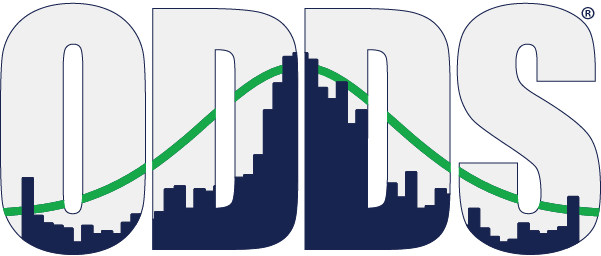We all know that volatility picked up in a big way when Trump tweeted that fateful Sunday morning. And although the increase was large, it was nowhere near a record by any measure.
But what about the volatility of volatility itself? Did volatility start to fluctuate more than normal?
Now remember, implied volatility is the expectation of what volatility is going to be in the future.
Volatility of volatility measure changes in people’s expectations of future volatility. That is, it measures people’s expectation of the size of future market fluctuations. If implied volatility is persistently high, then the volatility of volatility will be low because implied volatility is constantly high. And if implied volatility is persistently low, then the volatility of volatility will be low because implied volatility is constant.
A high volatility of volatility means that people’s expectations are changing rapidly. That is, people expect high volatility, then suddenly change their mind back to expecting low volatility, then change back to expecting big moves, right back to expecting small moves, back and forth.
What is so interesting about the market’s reaction to the trade war is that volatility of volatility went from an extremely low level (where traders’ expectations for future volatility were constant) to an extremely high reading (where traders’ expectations for future volatility were constantly changing). That’s normal.
But then it went back down, and then back up… back and forth. This caused the volatility of volatility to rise sharply and quickly.
The change was so large and so fast, it broke all sorts of records. In fact, it was the first time in history that volatility of volatility rose as fast as it did.
To me, this is yet another instance of the decline in liquidity we have been writing about, as even volatility itself is subject to volatility shocks.

